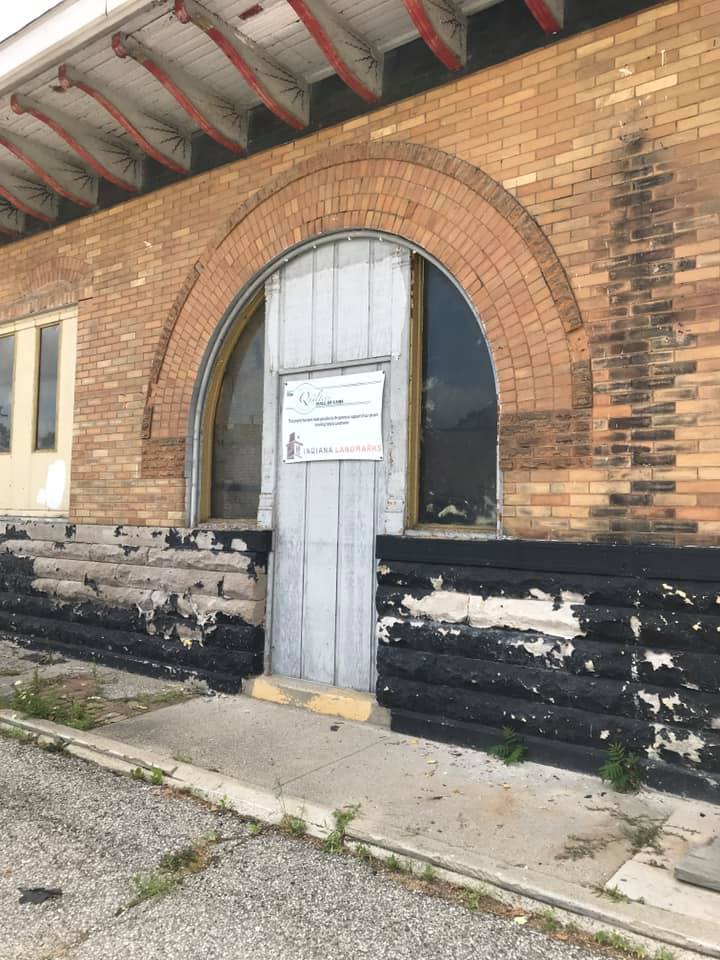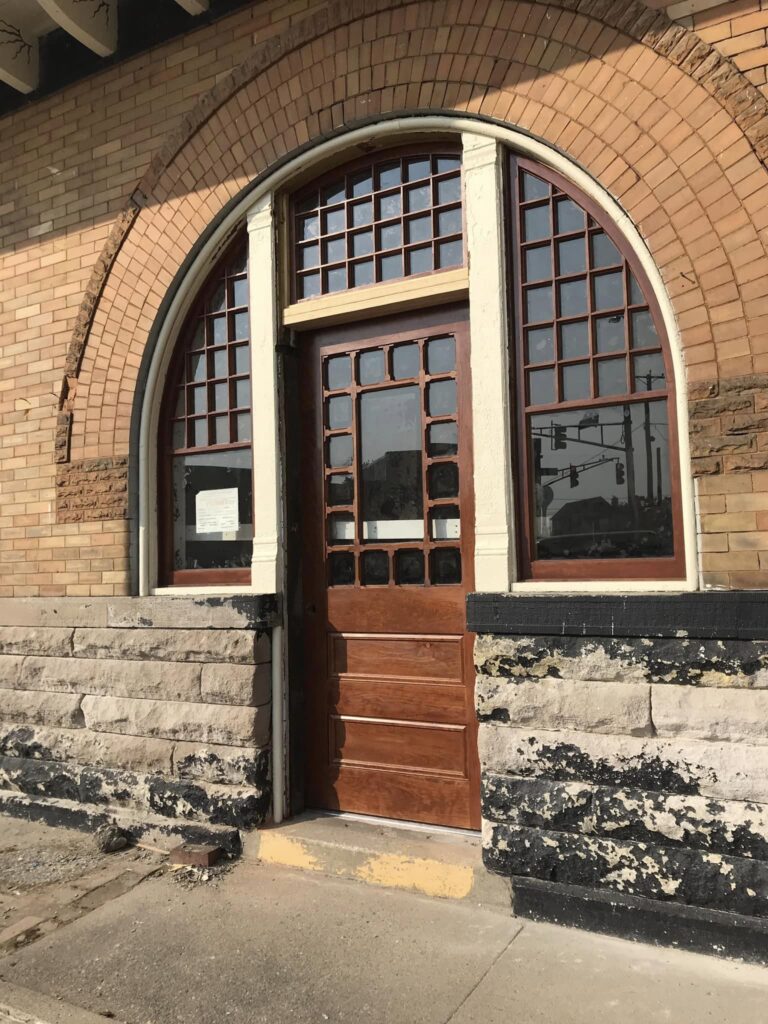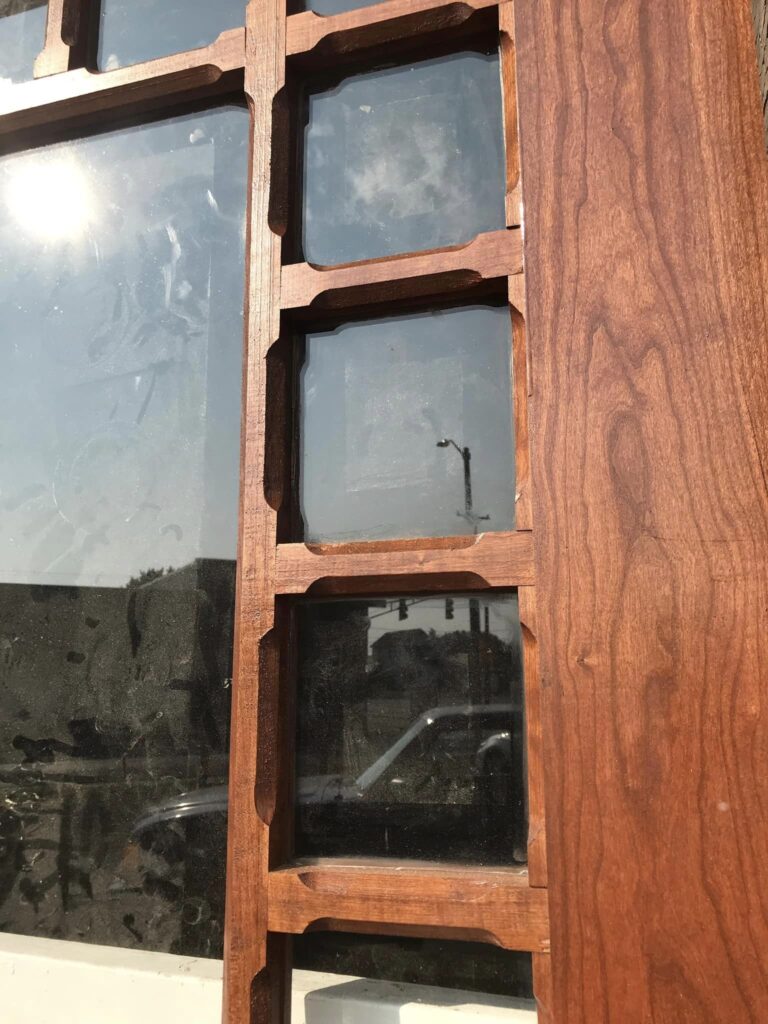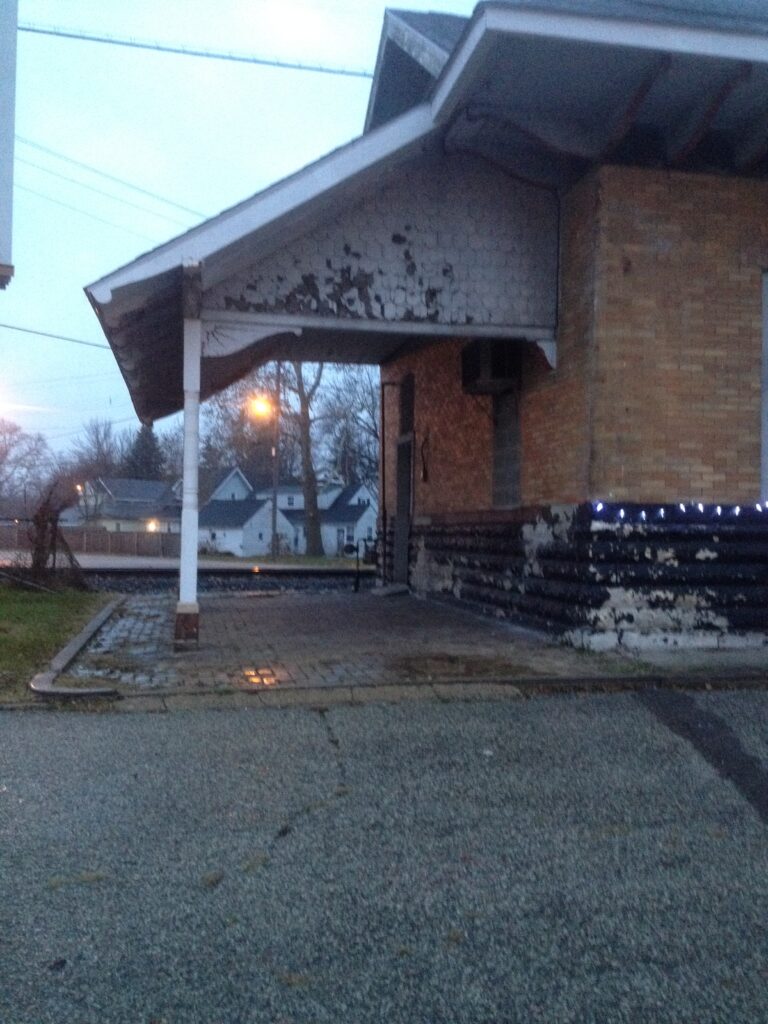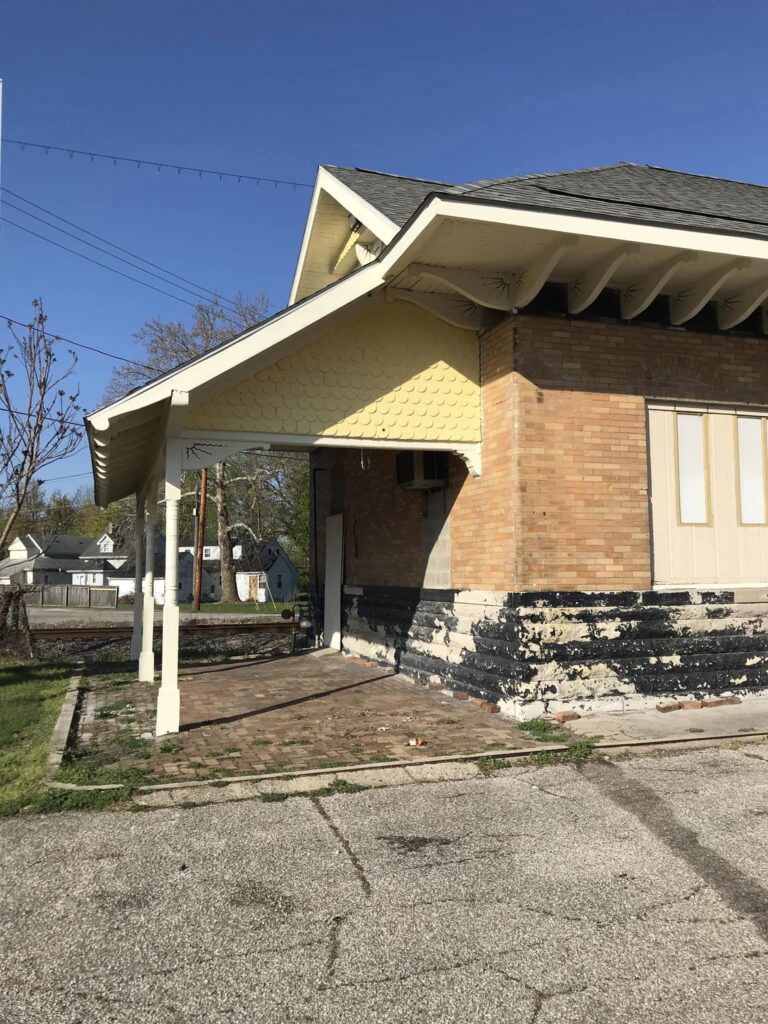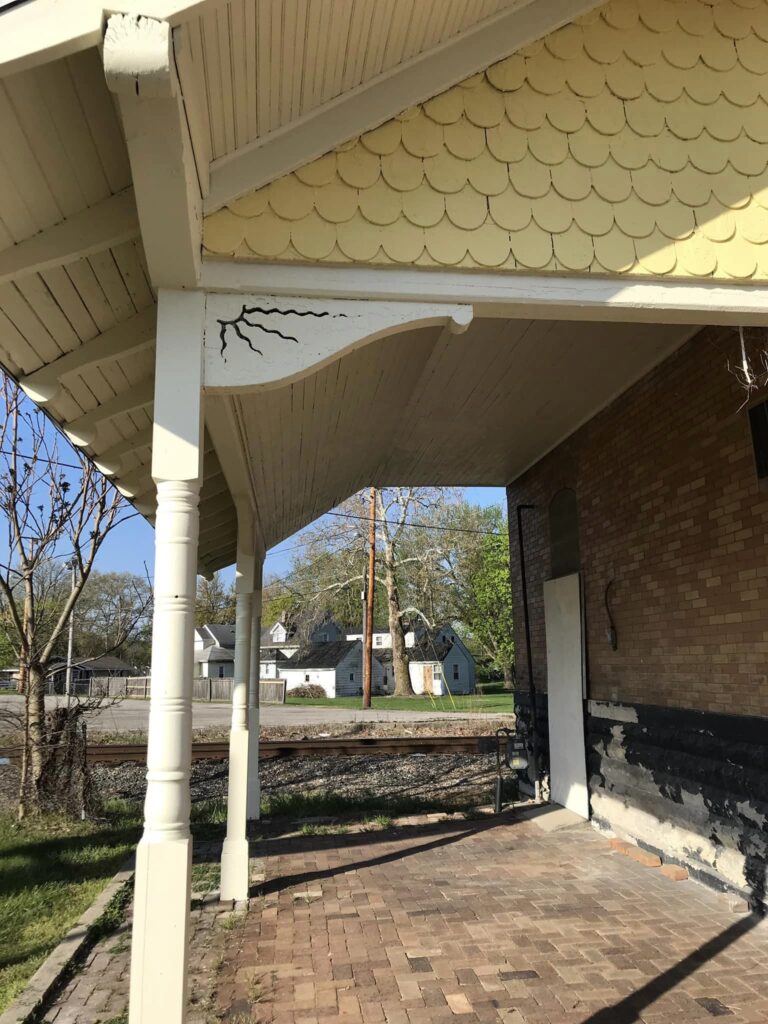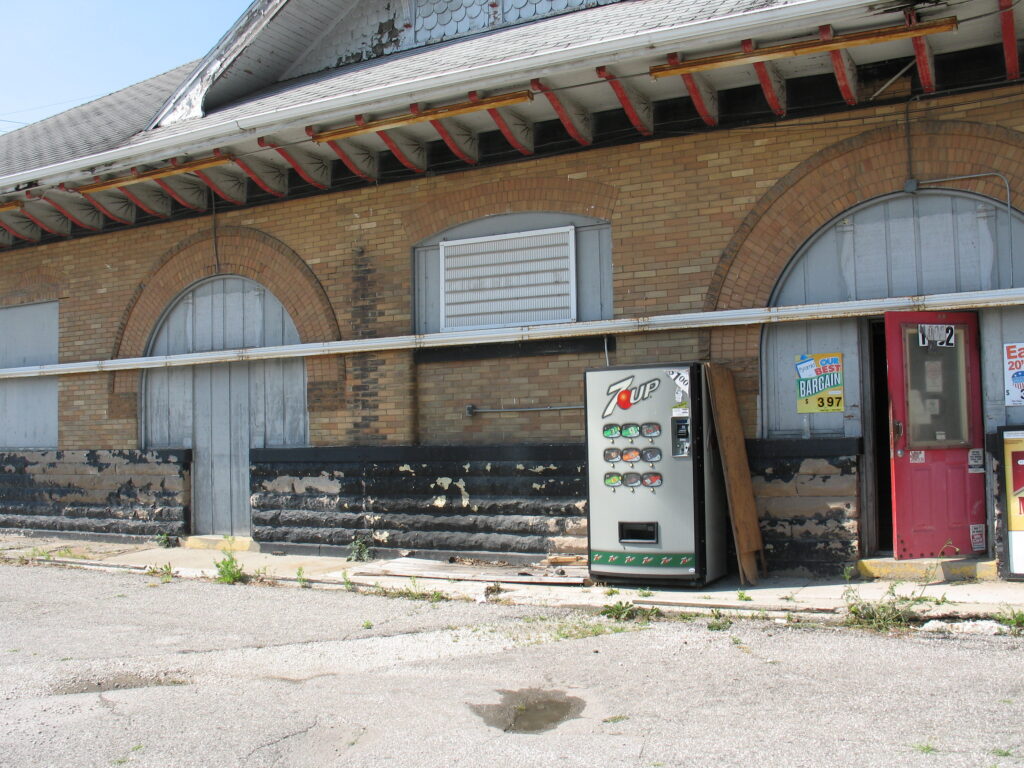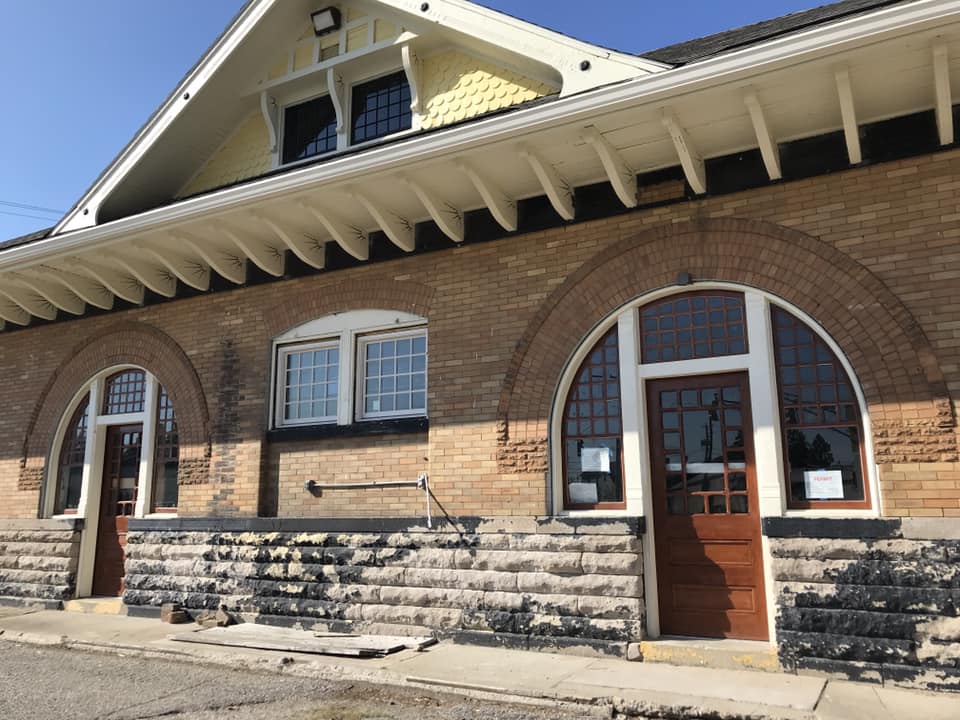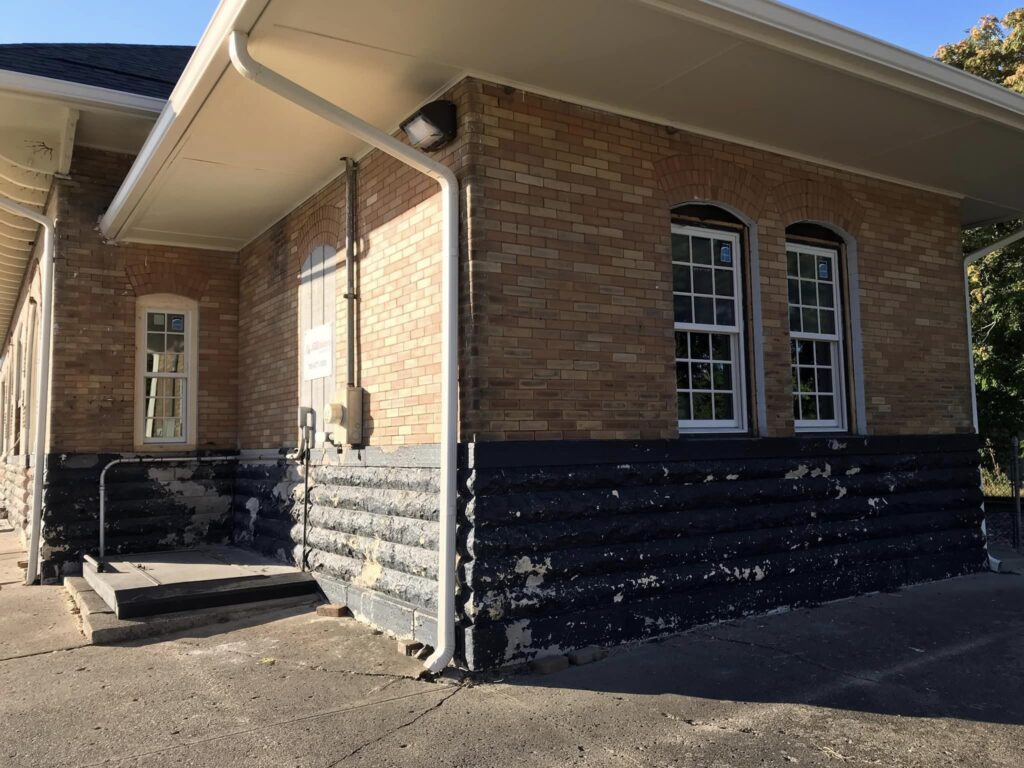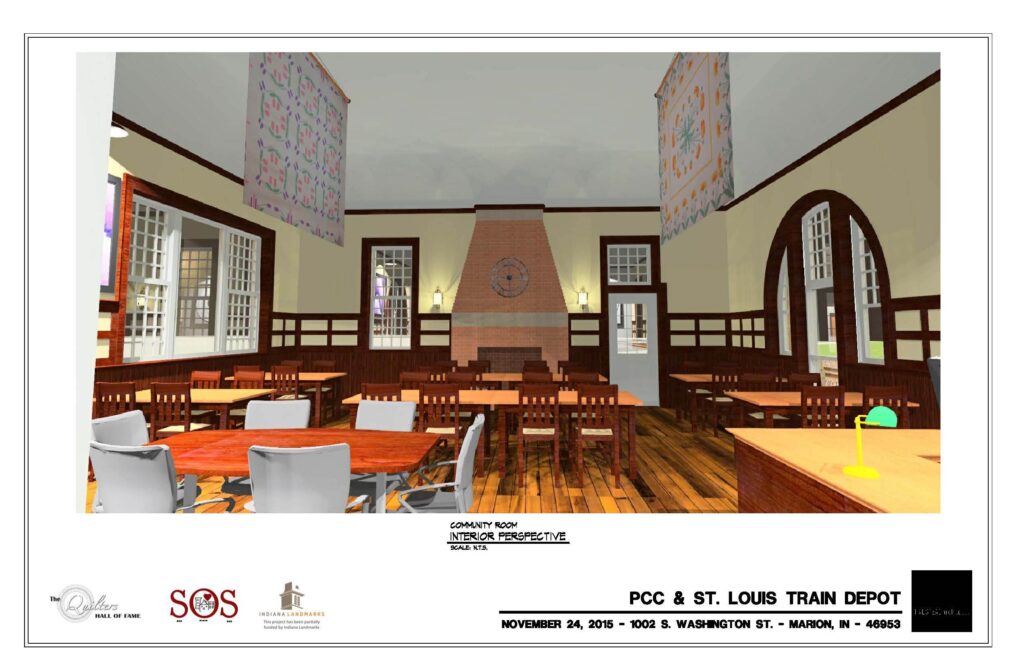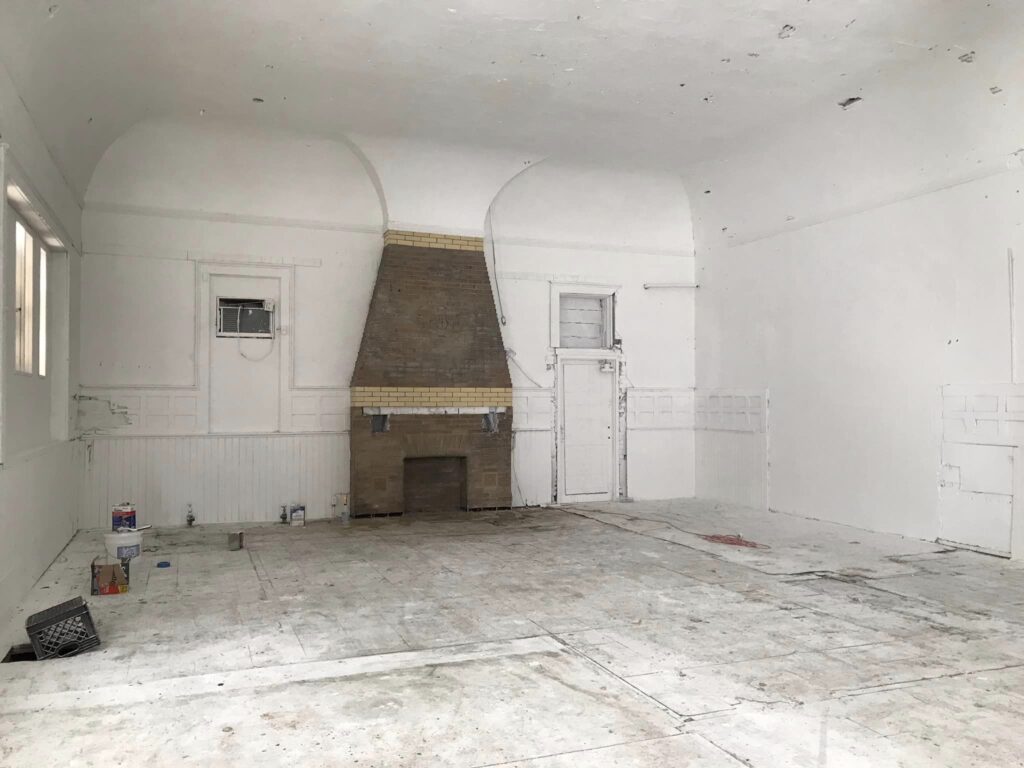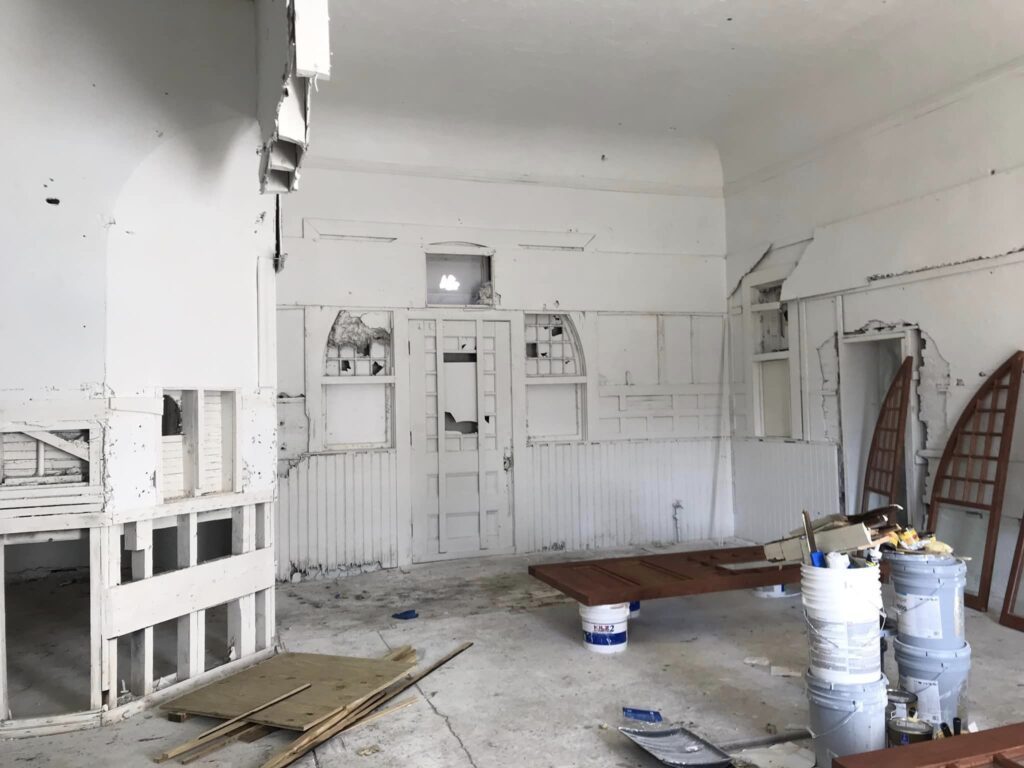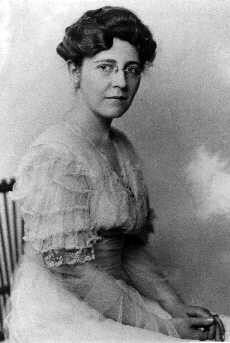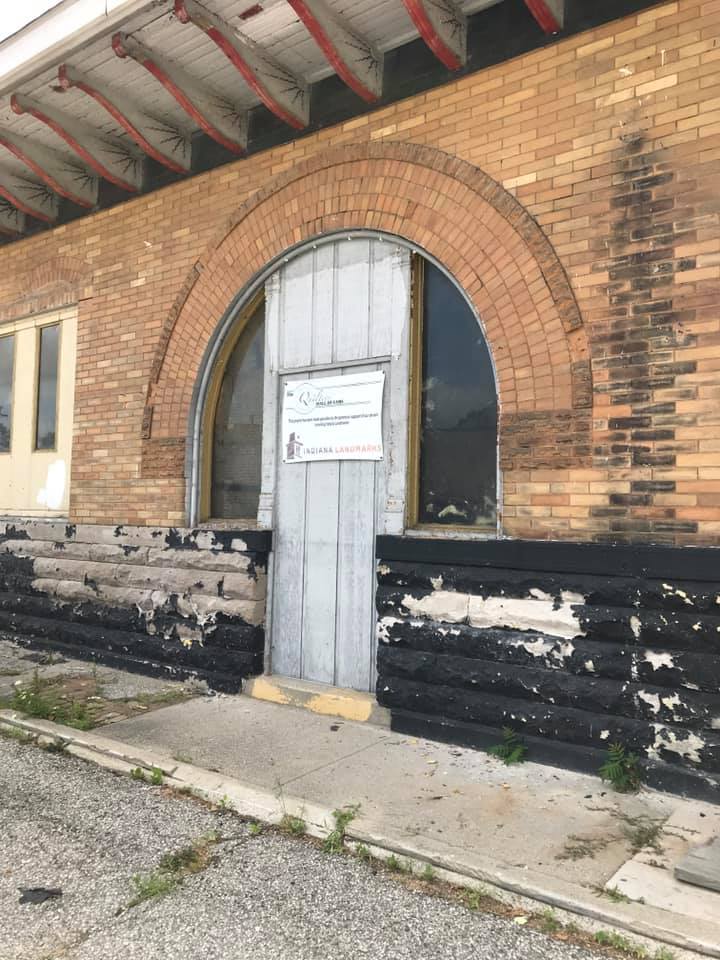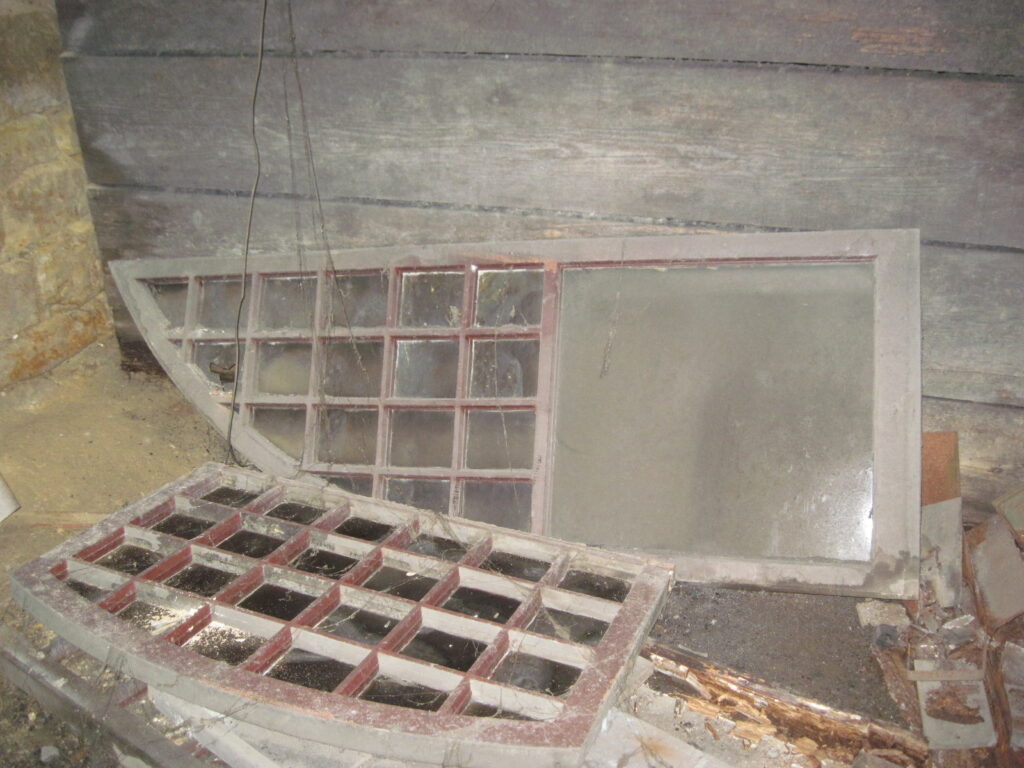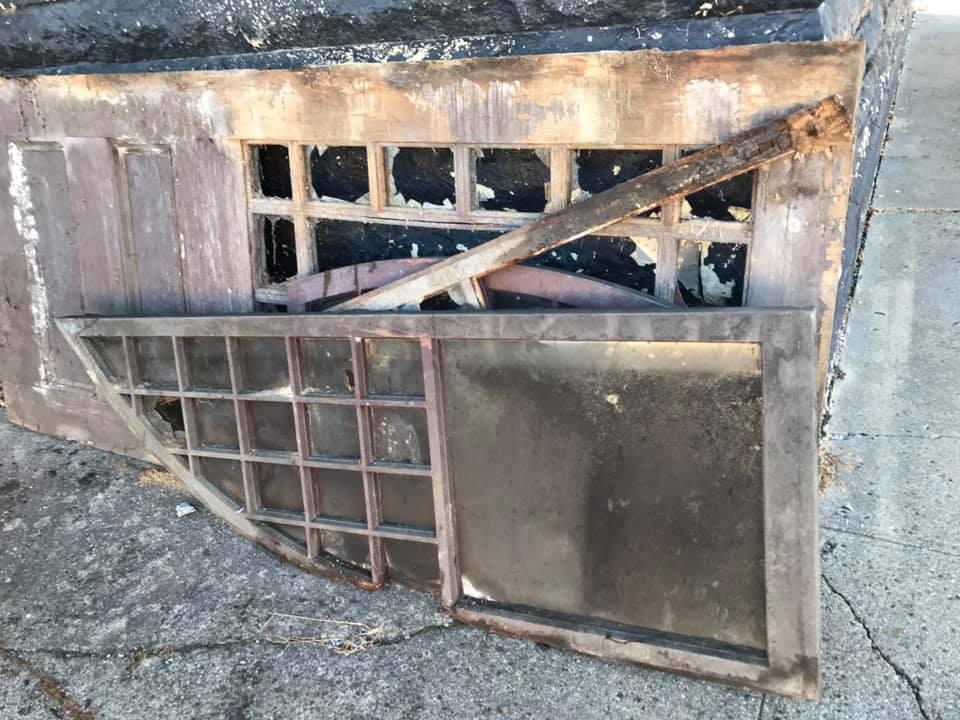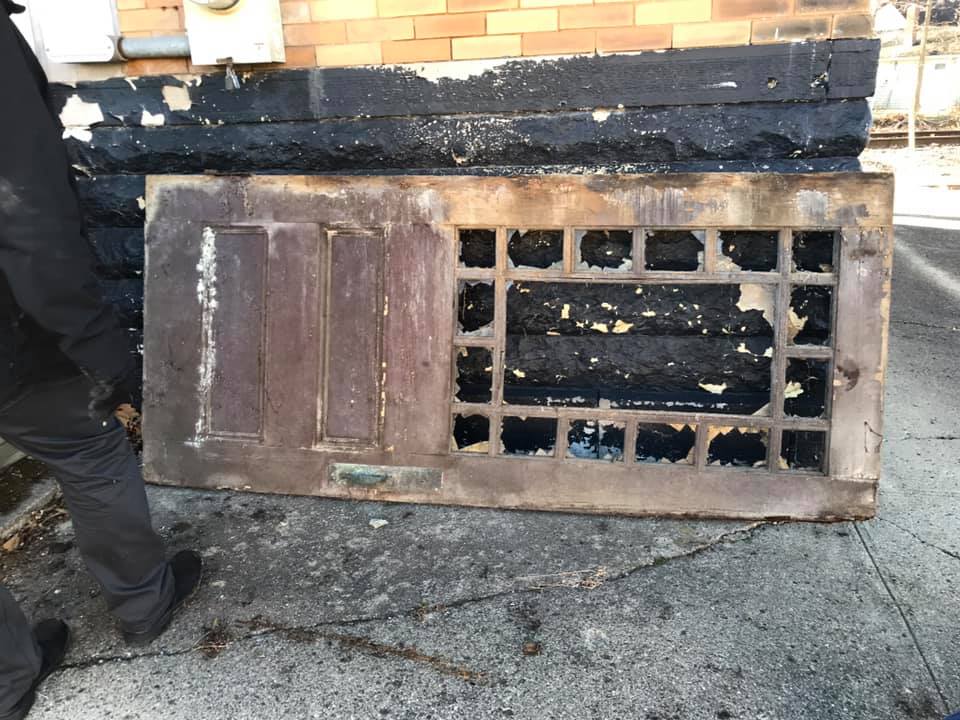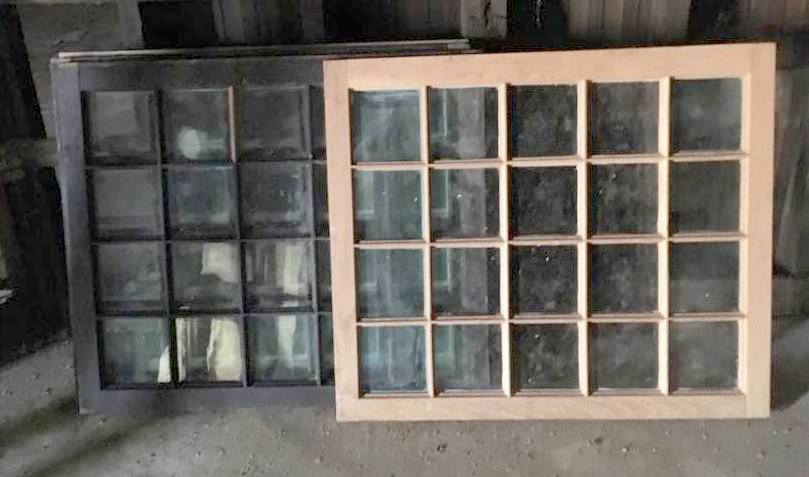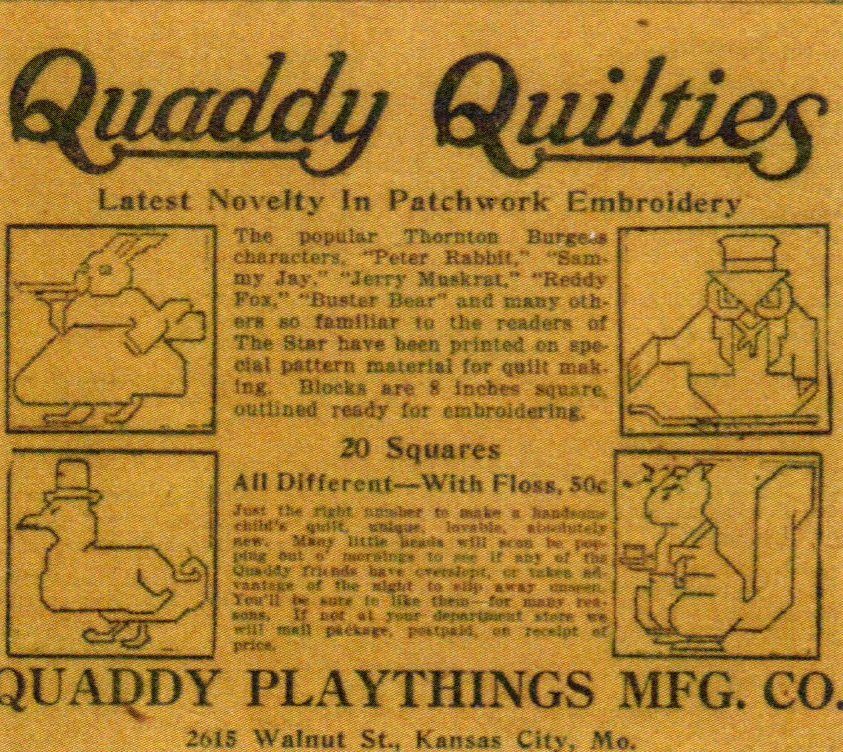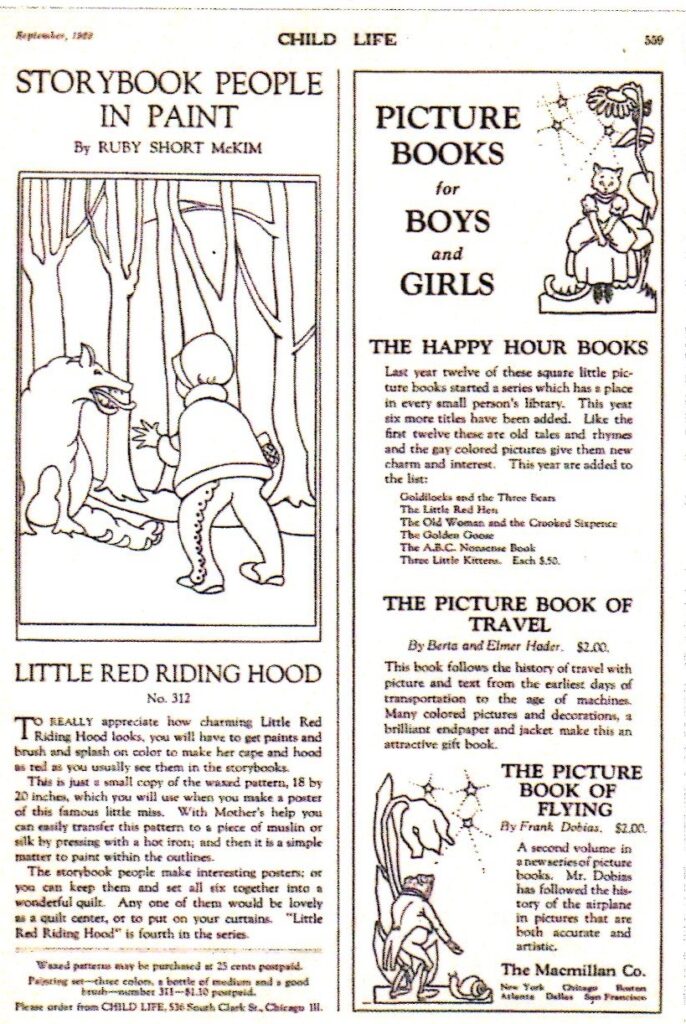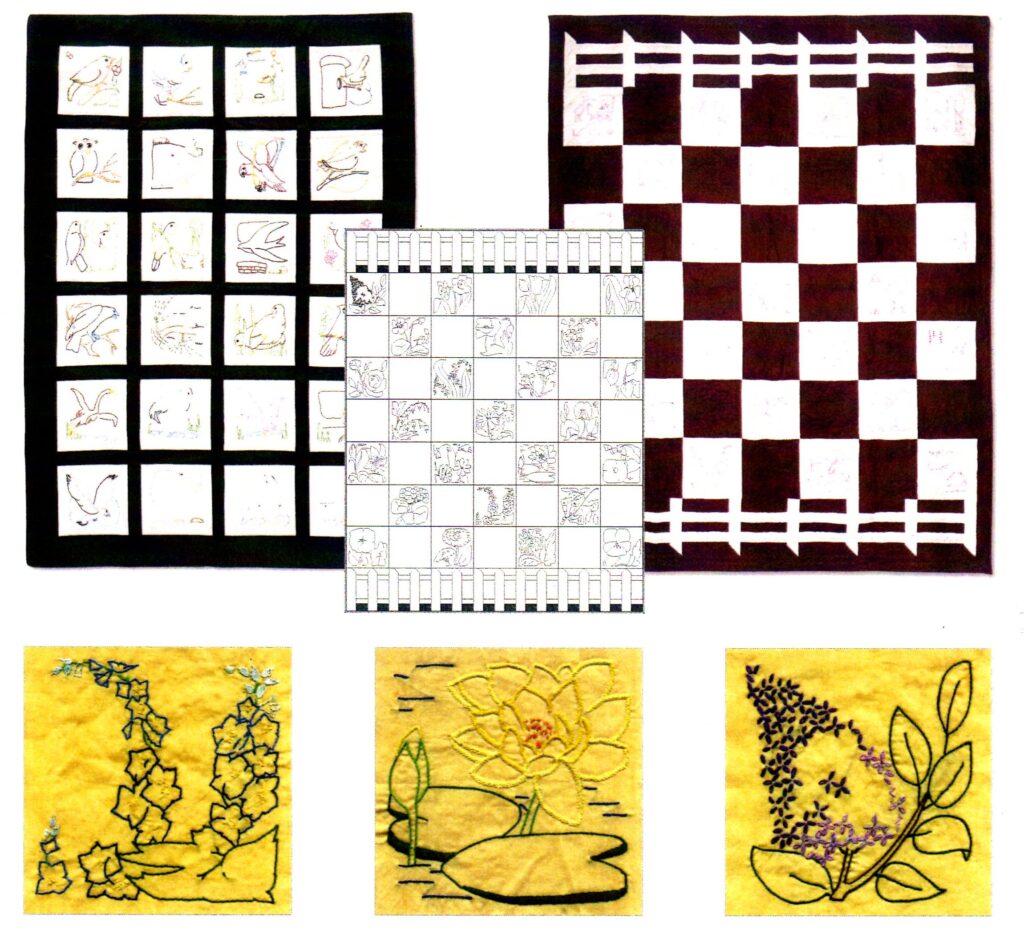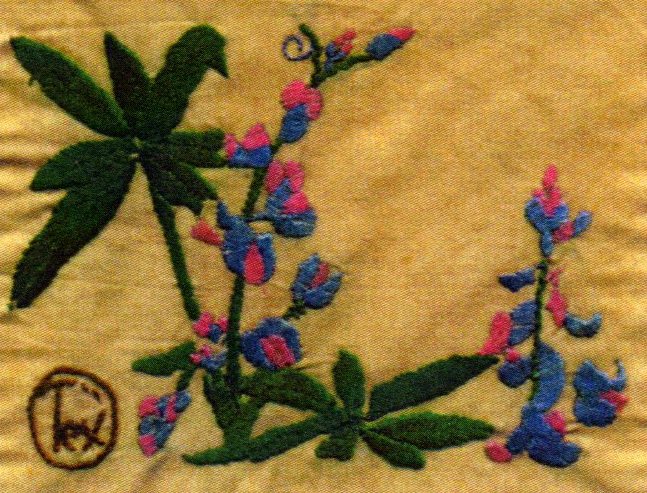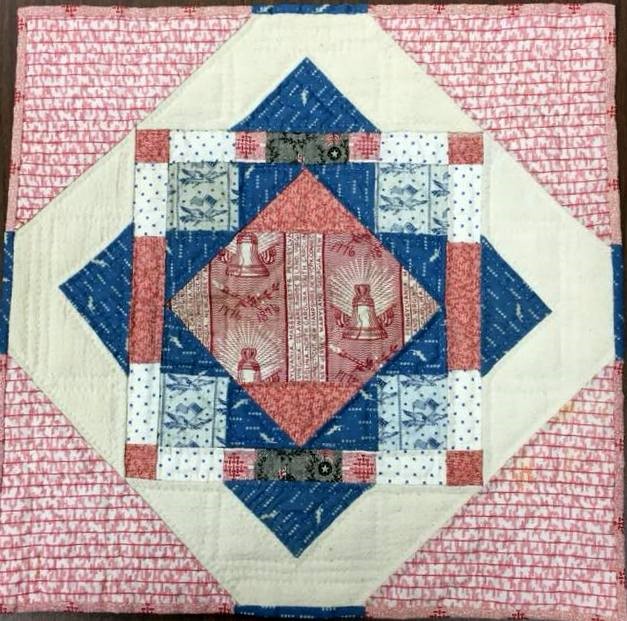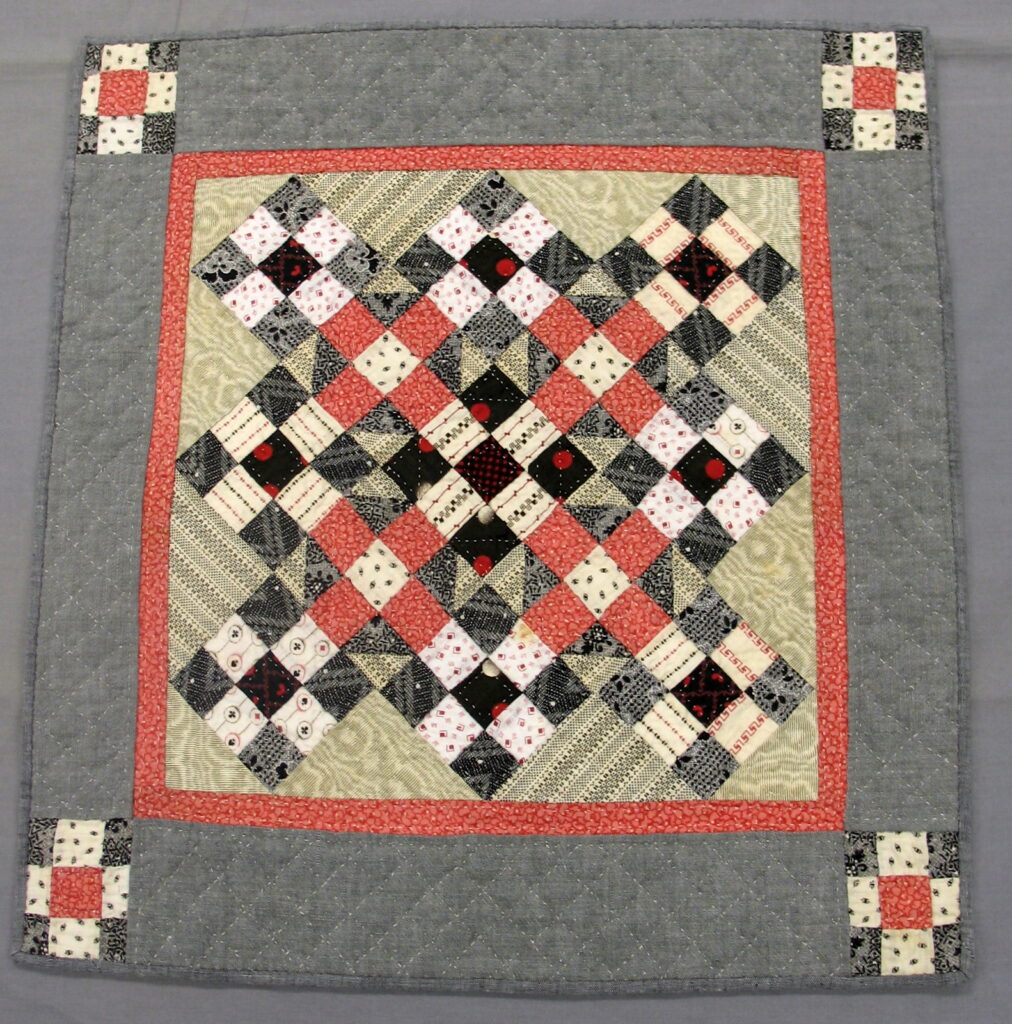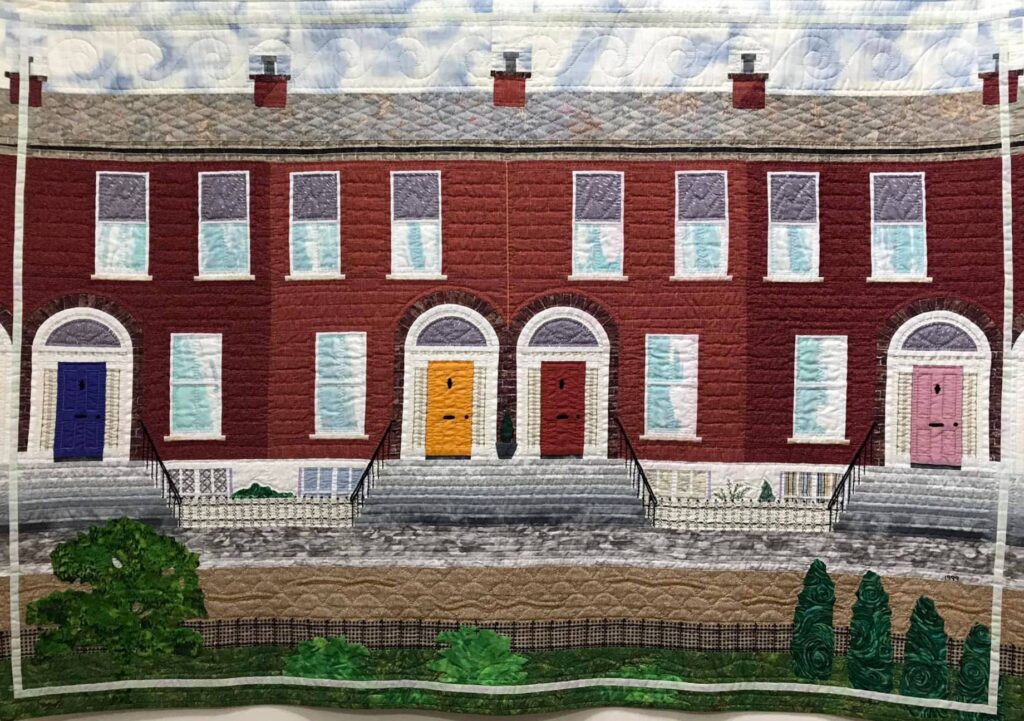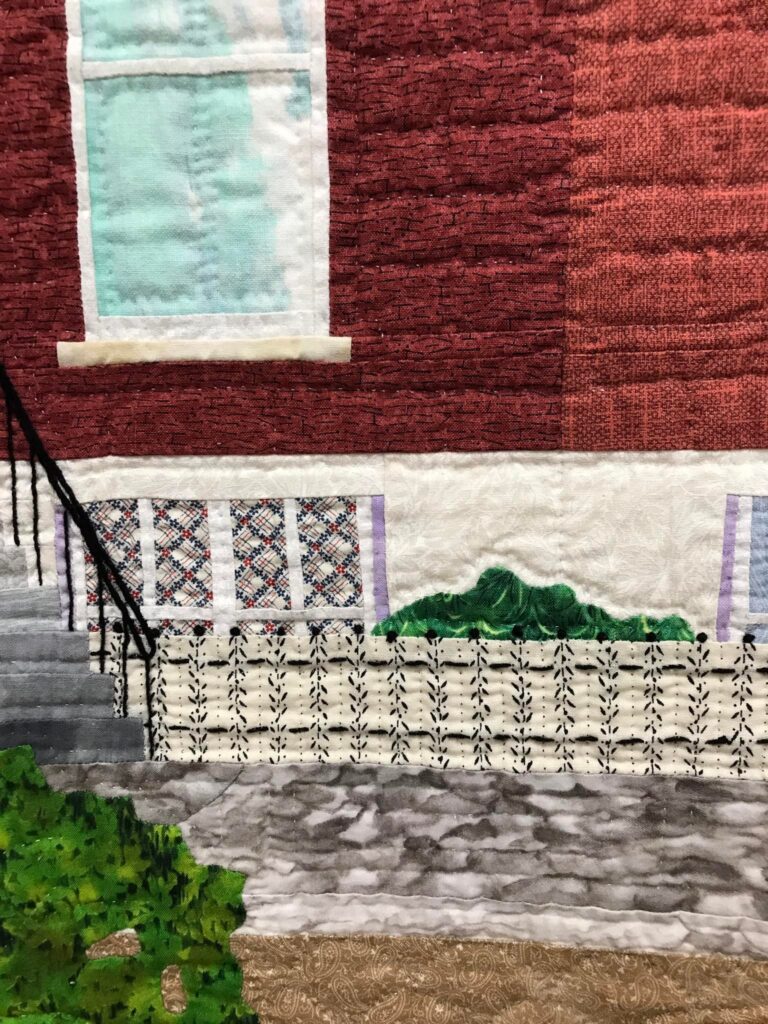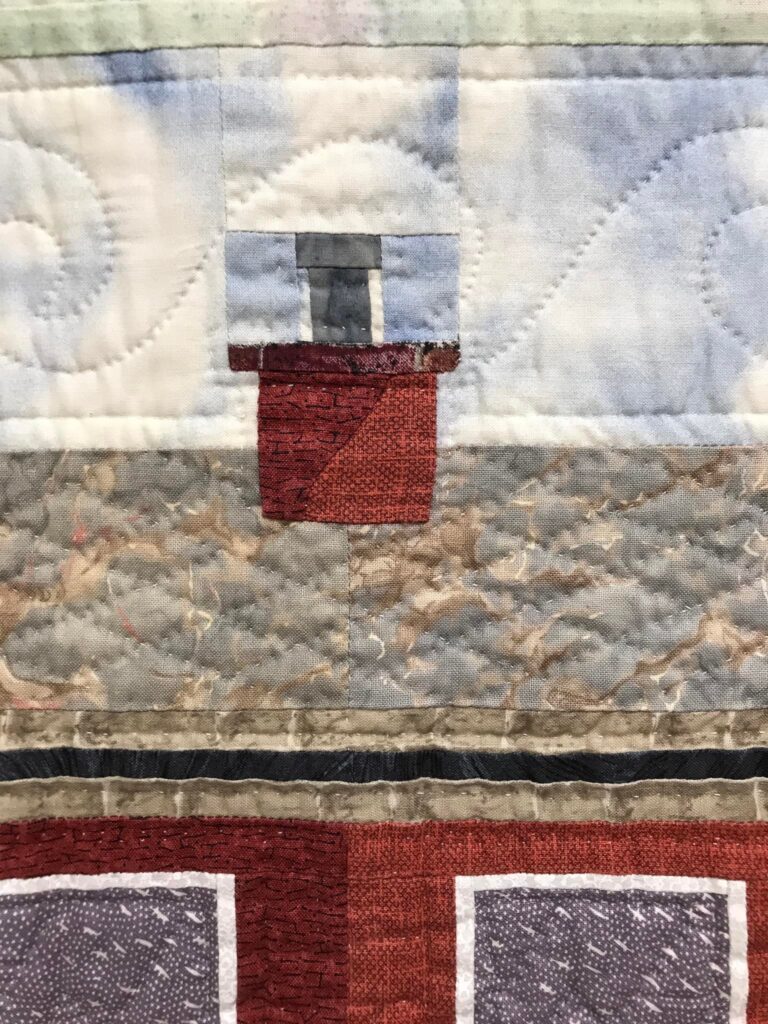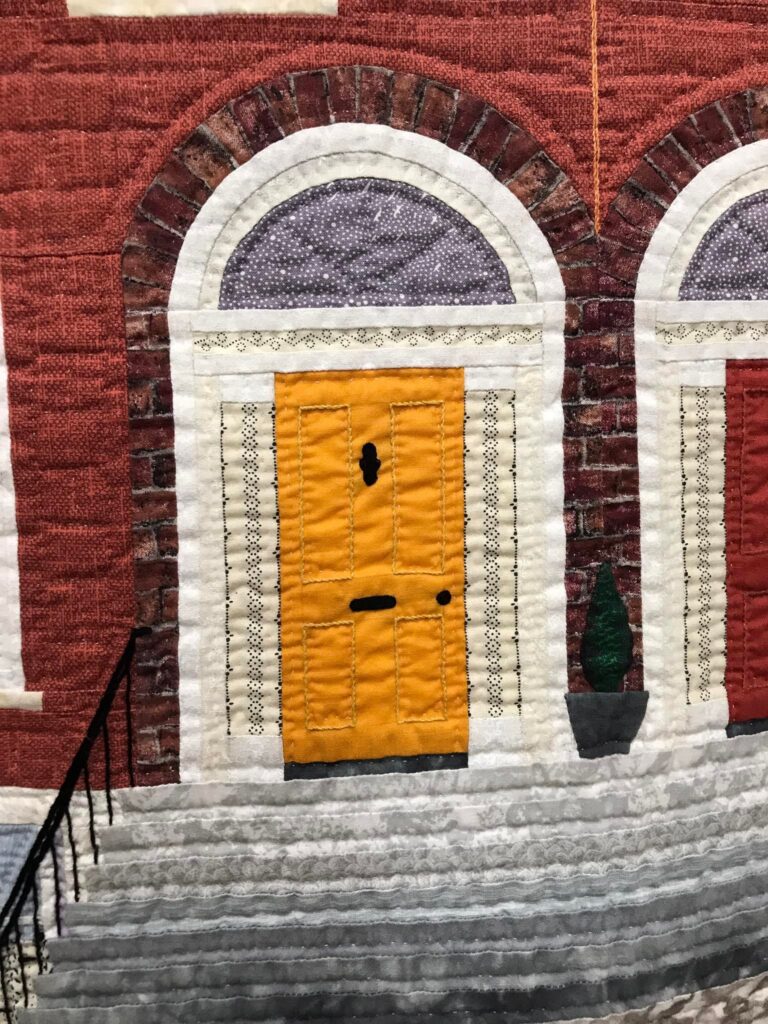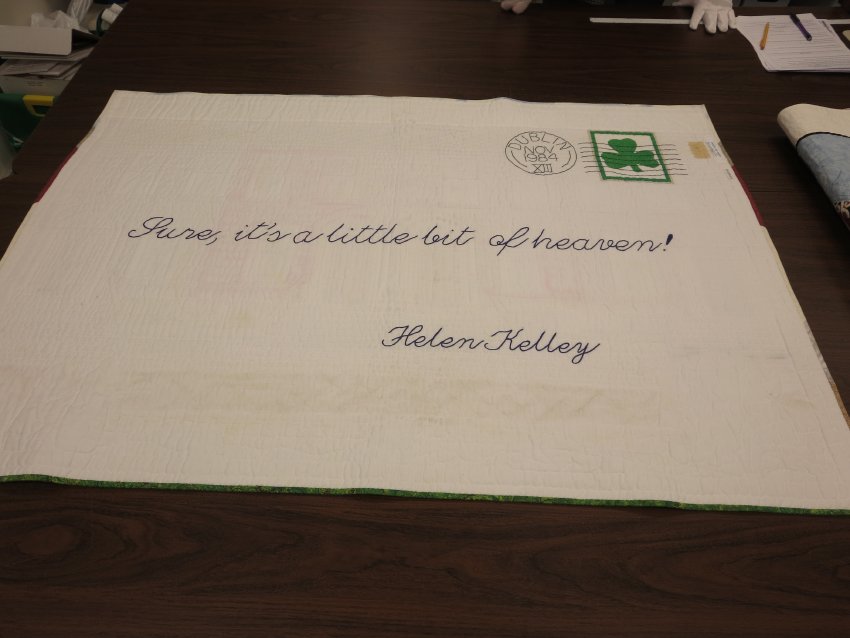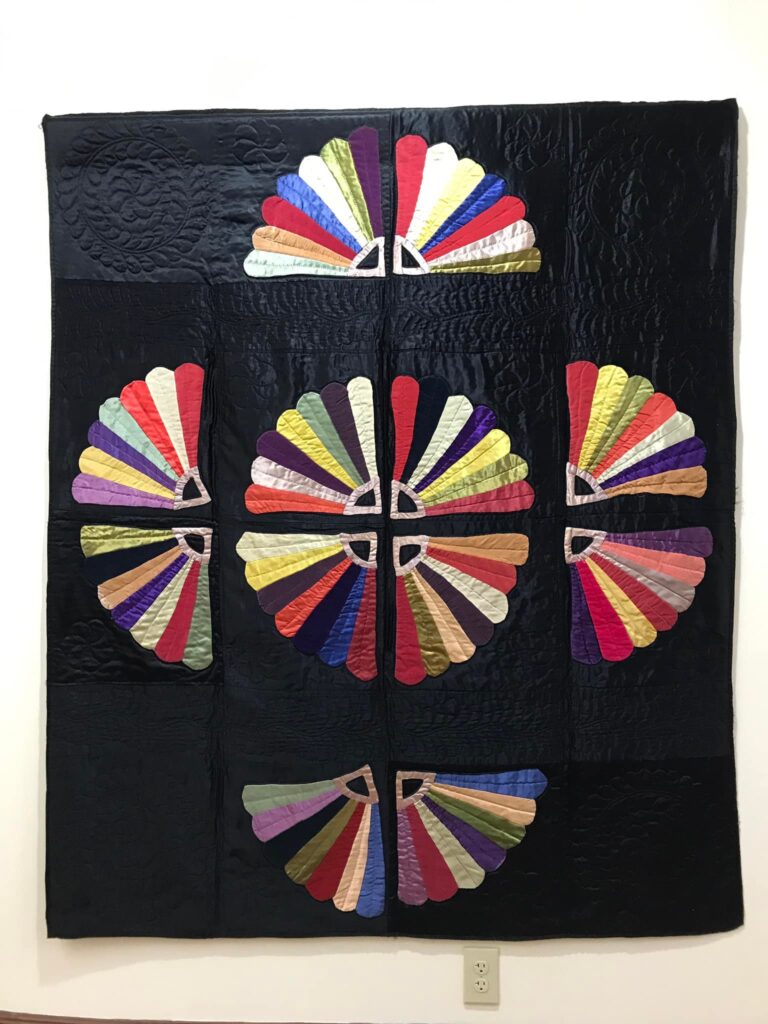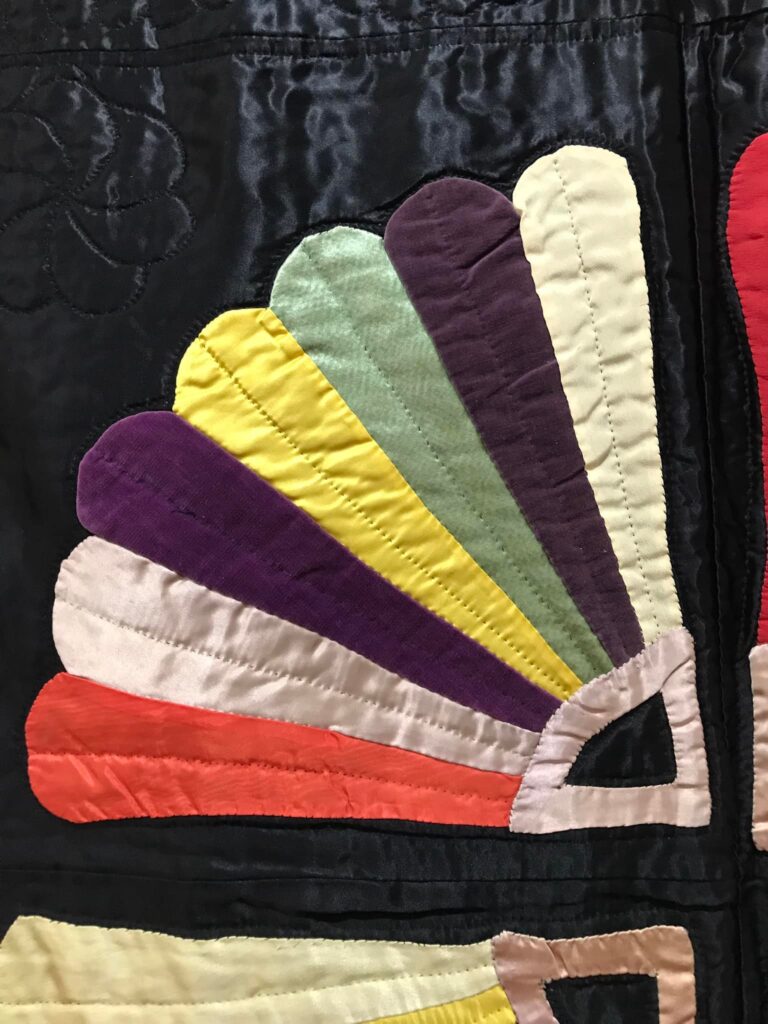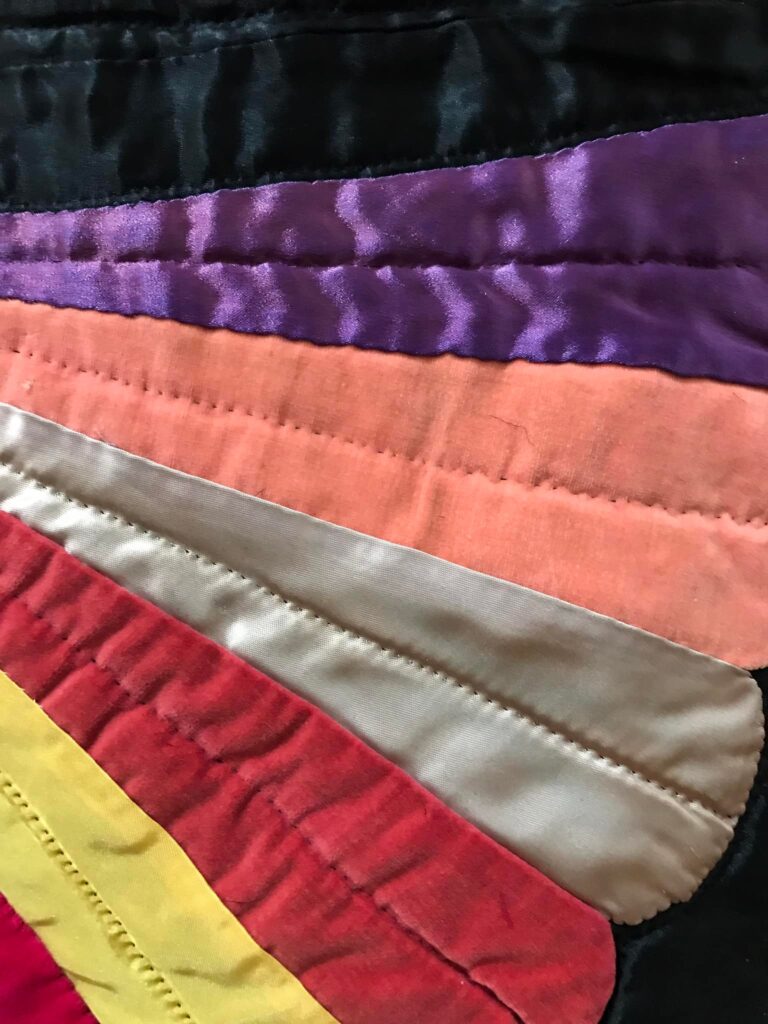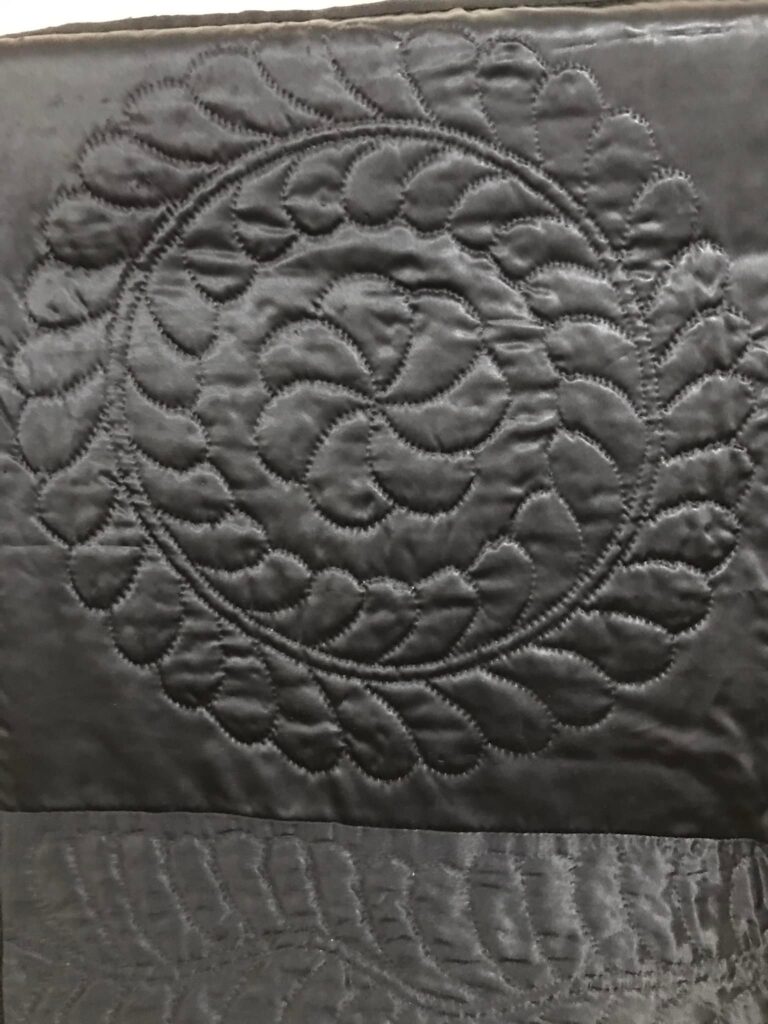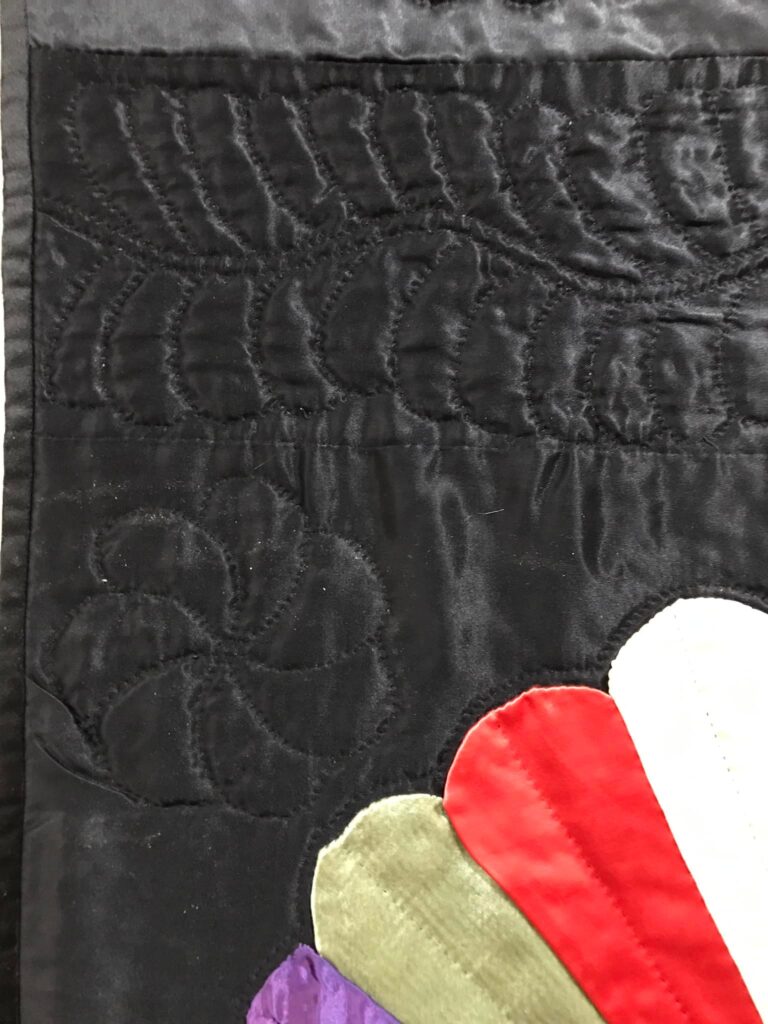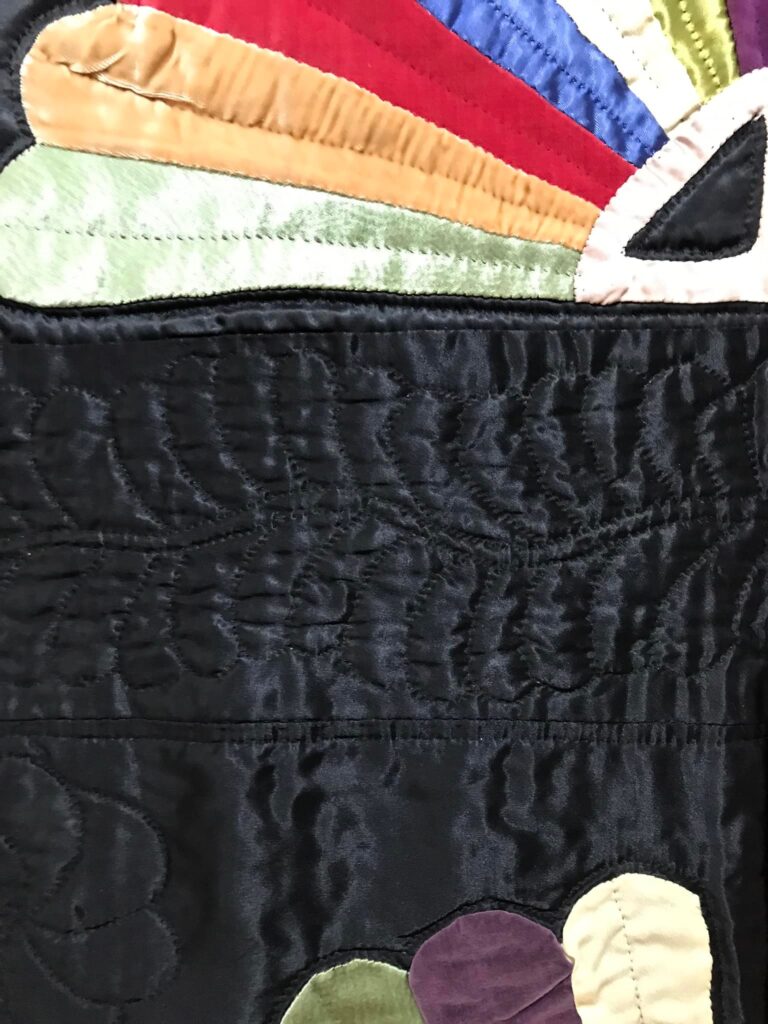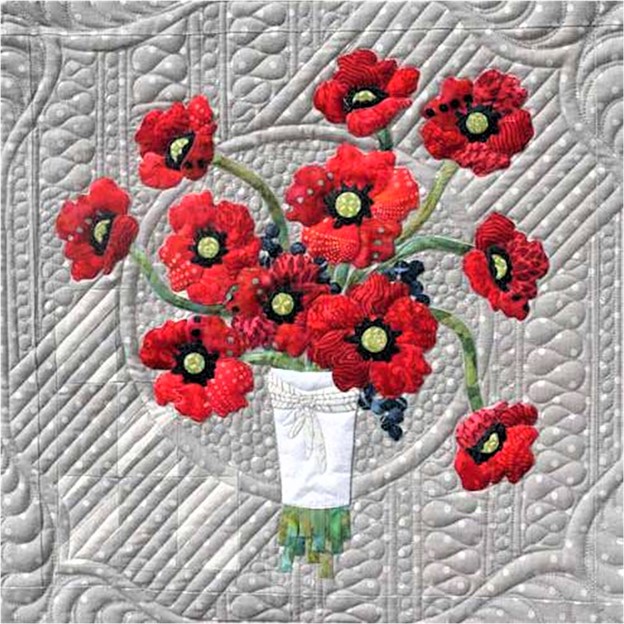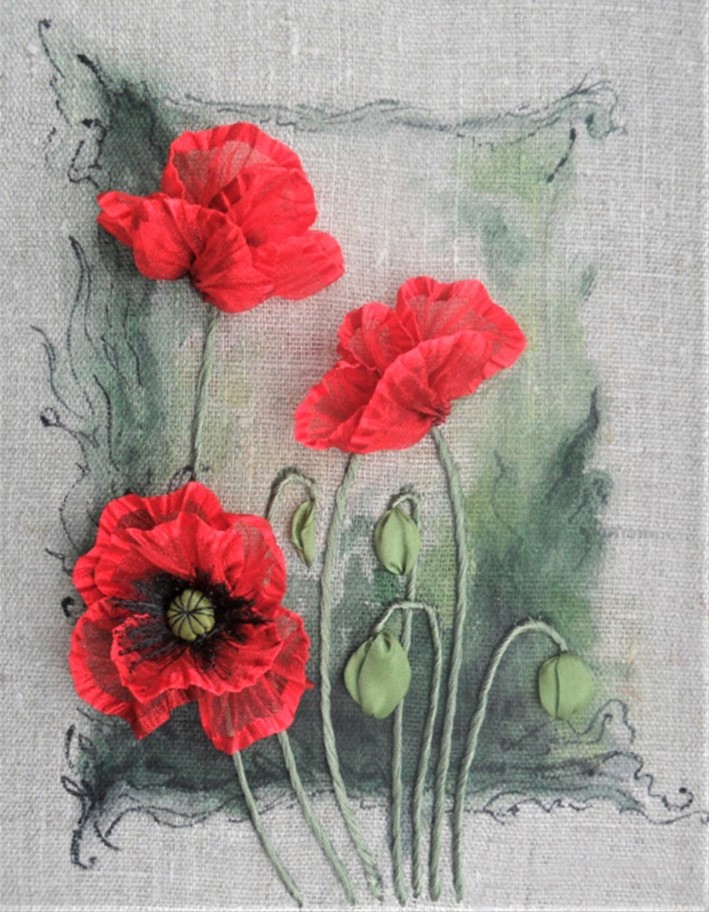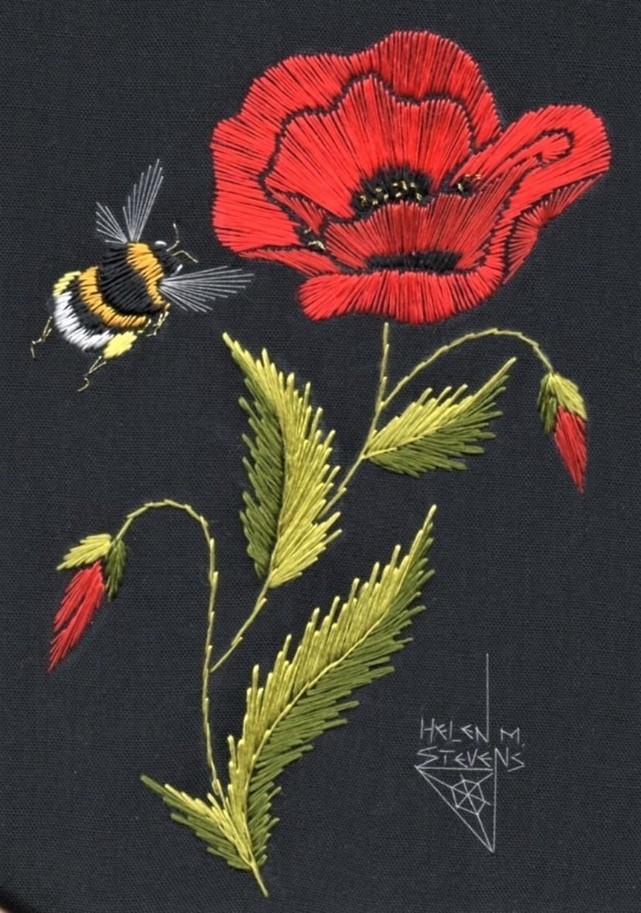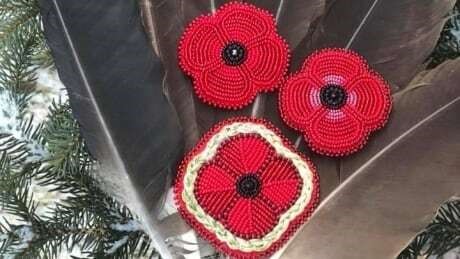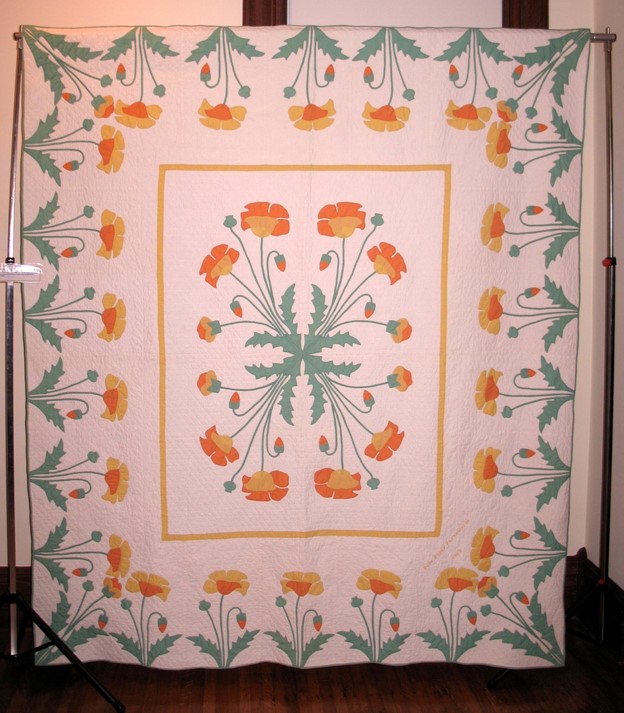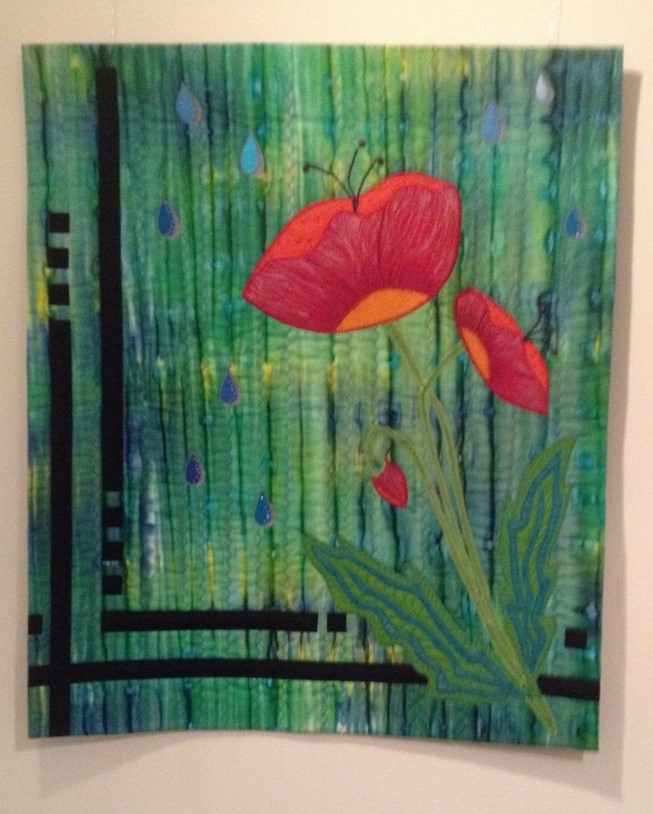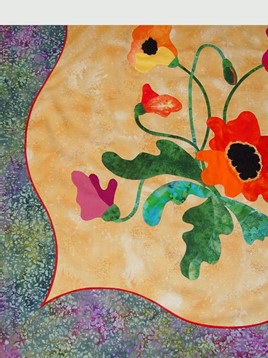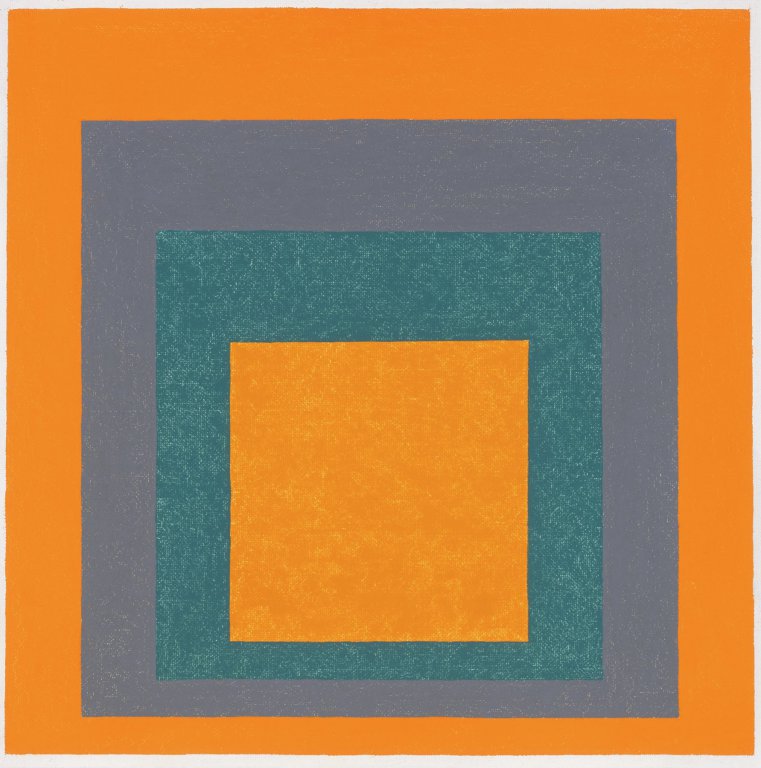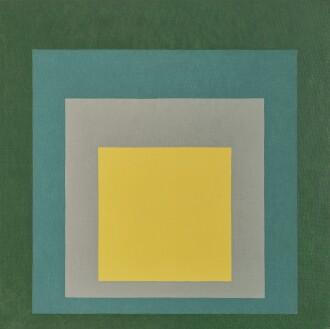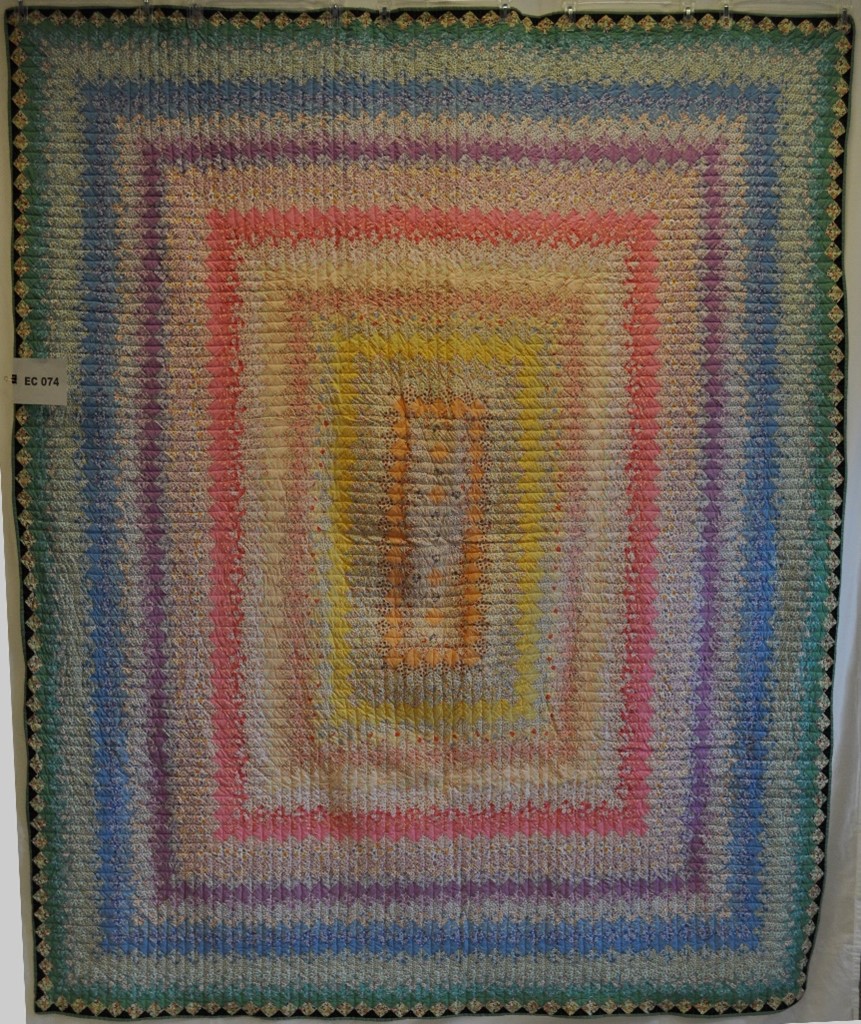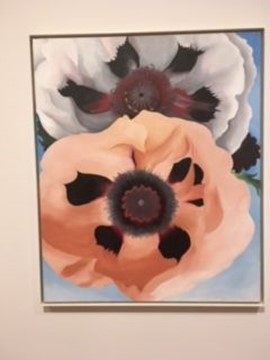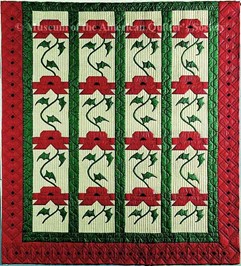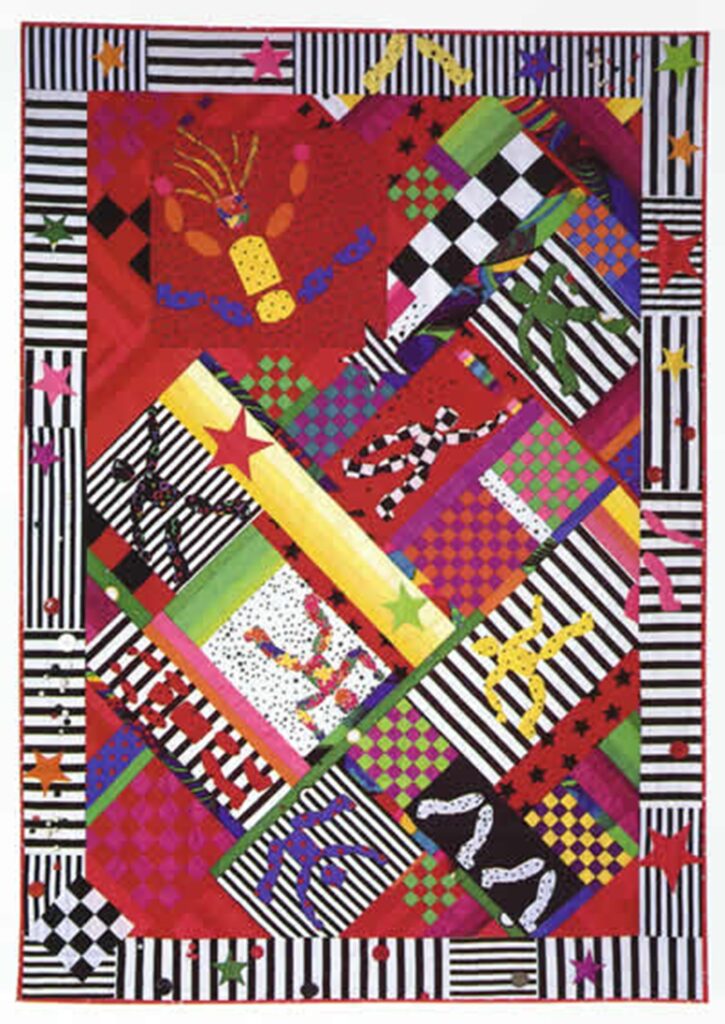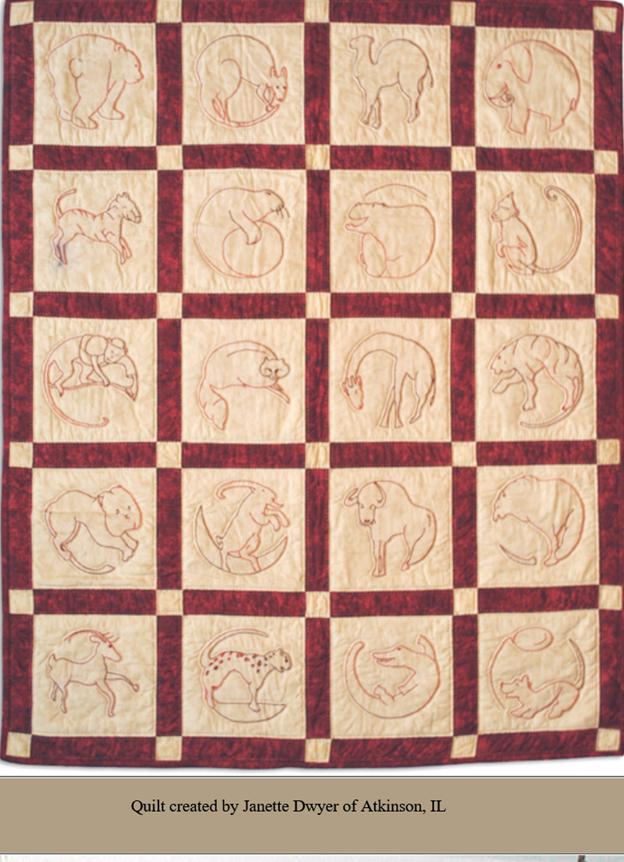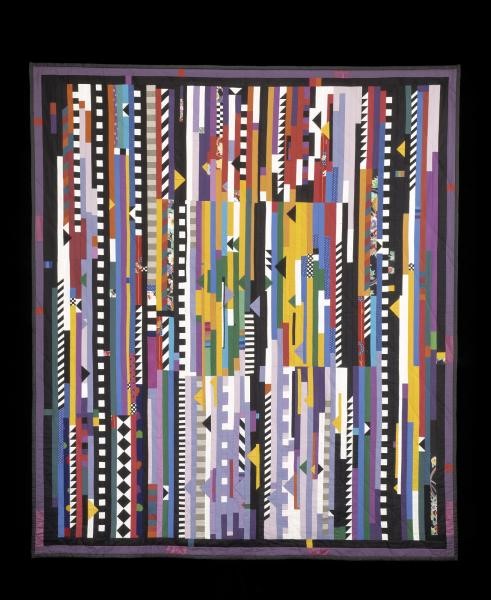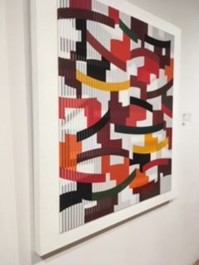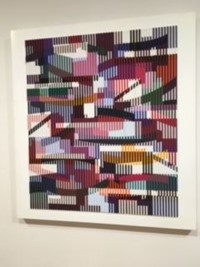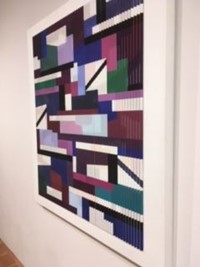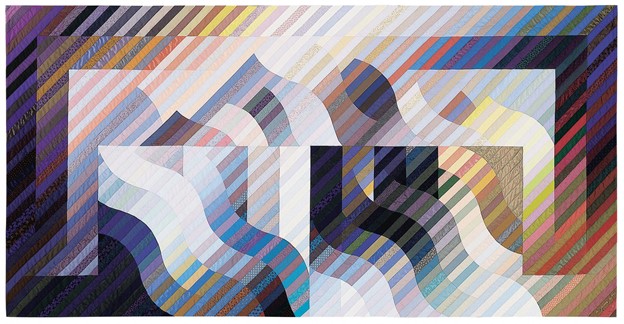Remembering Robert James
Robert James, who passed January 21, 2024, at the age of 98, was a true patron of the quilting world. His life’s passion for collecting and preserving quilts played an immense role in bringing these textile artworks out of the dusty attics of America and into the spotlight they deserve. Roberts’ wife of over 50 years, Ardis, was an integral partner in his quilt collecting obsession. With a keen eye of her own, Ardis assisted in evaluating and purchasing many of the quilts that made their way into the renowned James collection.
Their love affair with quilts began humbly in 1979, when they purchased a quilt at a quilt festival in Michigan. Ardis is quoted as saying that first quilt “was a Mariner’s Compass with a sizable hole in the middle and had… the most interesting border I had ever seen.” What started as a casual interest soon blossomed into an all-consuming quest to amass one of the world’s largest and most important quilt collections.
By the time their collection encompassed over 1,200 quilts, the Jameses had arguably become the world’s preeminent quilt collectors and experts. However, they never hoarded these treasures. Ardis was devoted to the preservation and promotion of quilting history. She helped organize many of the touring quilt exhibits that brought the James collection to towns across America.
One of Robert and Ardis James’ most significant quilting legacies is the International Quilt Museum on the campus of the University of Nebraska-Lincoln. The Jameses were founding donors for the museum, which opened in 1997 to worldwide acclaim as the largest private repository of quilts in the world.
Their multi-million dollar contribution and gift of approximately one thousand quilts from their personal collection allowed the museum to open with an astounding array of pieces spanning four centuries of quilt-making. To this day, the International Quilt Museum remains a mecca for quilters and scholars alike thanks to the James family’s generosity and vision. That vision, of an inclusive collection embracing the best of what the entire world had to offer in quilts, past and present, and their desire to share it with that world has been realized. In recognition of their immense contributions, Robert and Ardis James were inducted into The Quilters Hall of Fame in 2011, one of the highest honors in the quilting world.
The dynamic duo of Robert and Ardis James was a true quilting power couple. Their combined passion, dedication and generosity invigorated interest in this unique art form. As the quilting world mourns Robert’s passing, we celebrate the enduring legacy he and Ardis left by exposing quilts to their rightful place in the artistic canon.

